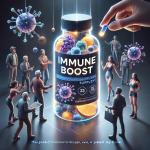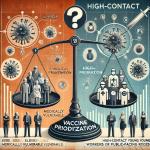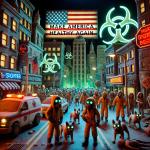Providing informed consent is a bedrock of ethical medical practice -- and a physician’s failure to provide proper informed consent is grounds for legal action. But, determining what constitutes proper informed consent is nuanced.
Harm Reduction
What It Is and Who It Helps
A new study in JAMA Network Open looks at the supplement market, focusing on products that display the word immune or immunity in its labeling.
Once upon a time, the operative report was a surgeon’s record of what happened in the OR—a document dictating billing and could make or break a malpractice case.
Bait and Switch
There is little doubt that we might have handled the COVID pandemic better. However, the question of whether the approach by those writing the Barrington Declaration would have fared better remains conjecture.
Sports betting has been around, arguably, since sports began, going back to the original Greek Olympics and the Roman Coliseum activities.
Rabies used to run rampant throughout the world. It was once so common in the United States it was the plot arc of a family movie.
Bryan Johnson, a 46-year-old American entrepreneur, founded Kernel (a brain activity recording device company), OS Fund (a venture capital firm focused on science and technology), and Braintree (a payment platform acquired by PayPal for $800
The Los Angeles fires began on January 7, killing at least 29 people and destroying more than 17,000 structures, primarily homes and businesses.











